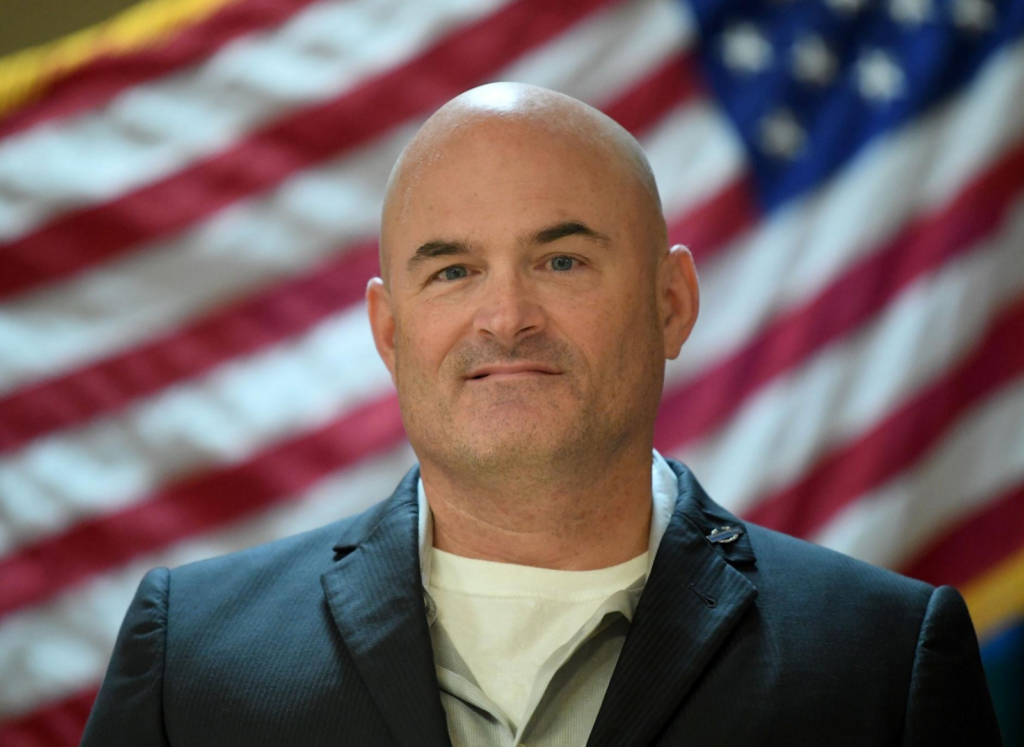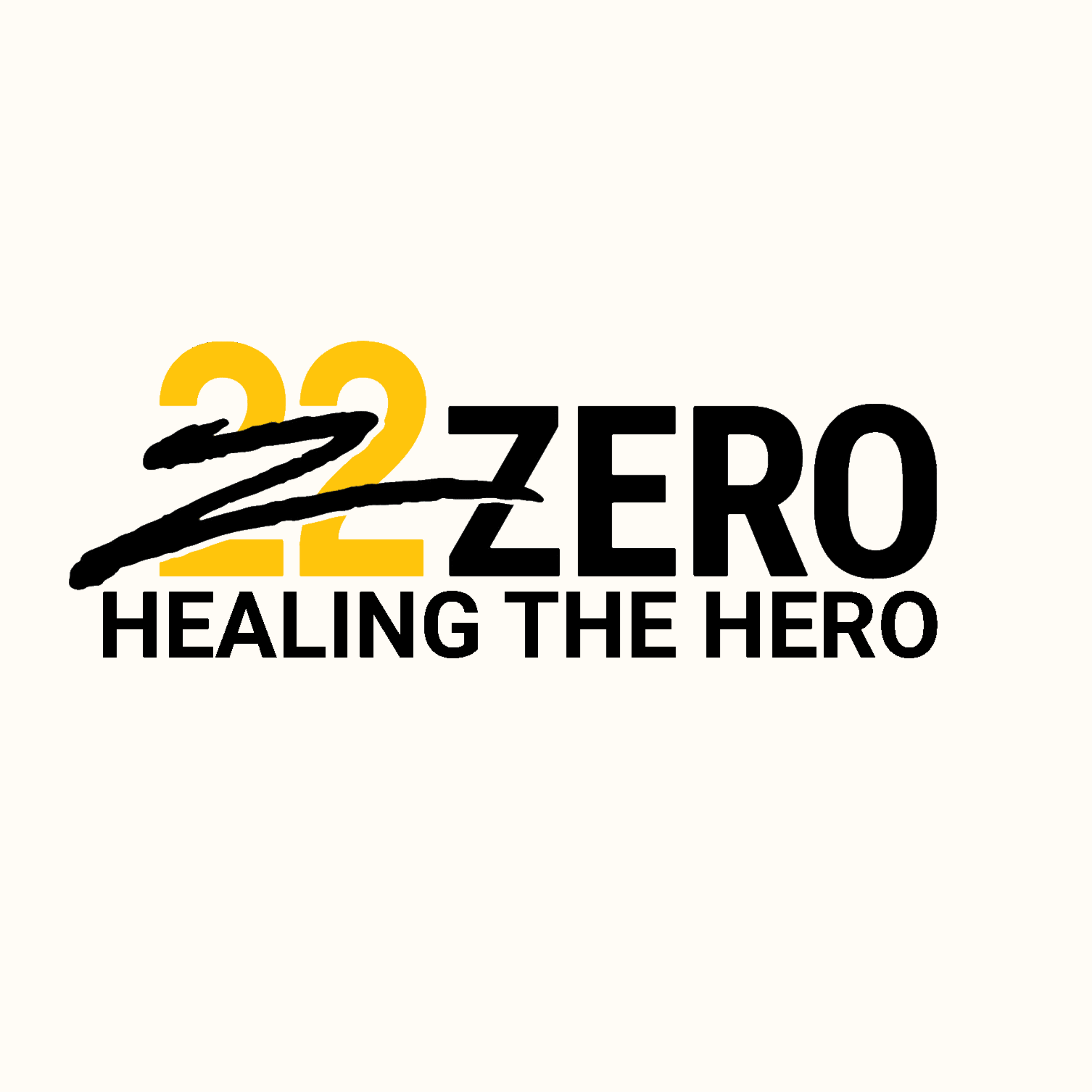In today’s blog post, we delve into a transformative approach to healing trauma that is making waves in the mental health community. We’re speaking with the team behind the Trauma Resiliency Protocol (TRP), a groundbreaking method that allows individuals to reprocess traumatic events on a subconscious level without the need to discuss any details from their past. This innovative approach has been particularly effective in helping veterans and first responders achieve complete emotional healing.
TRP operates on the understanding that the brain can sometimes incorrectly process traumatic events, leading to symptoms of Post-Traumatic Stress (PTS). This misprocessing often results in the emotions of fear, terror, or helplessness becoming inextricably linked to the memory of the event stored in the amygdala. TRP enables the brain to move these memories to long-term storage while simultaneously disconnecting the associated emotions. The result? Old traumas become just memories devoid of the emotional triggers that once caused distress.
The effectiveness of TRP is not just theoretical; it’s backed by a wealth of positive reviews and data, which can be found on the 22zero.org website. One particularly compelling case study involved a first responder whose PTS, anxiety, and depression scores were significantly reduced after just two TRP sessions. This outcome was so remarkable that it was said to be equivalent to the results a master EMDR practitioner might expect to achieve in six months.
Unlike traditional therapy methods, TRP does not involve discussing past trauma or negative events. Instead, it focuses on reprocessing emotions and trauma at a neurological level. This approach has consistently disconnected trauma responses in clients, with results that are unparalleled in both the trauma and emotional healing fields.
The healing process typically involves 3-4 sessions, each lasting an hour. During this time, clients are able to disconnect from negative emotions and trauma, including anxiety, anger, shame, guilt, depression, survivor guilt, and feelings of low self-worth. The treatment is designed to be long-lasting and sustainable. Once the injury is healed, there is no need to revisit the disconnected trauma or emotions.
The team at 22zero.org emphasizes that trauma and emotions should be viewed as neurological, not psychological. They believe in the power of memory reconsolidation and the growing body of research that supports the sustained success of their approach. Many of the 22ZERO coaches, who themselves once struggled with PTSD, can attest to the lasting impact of this treatment.
For those who may not think they need help, the team advises maintaining a growth mindset. They believe that everyone can benefit from developing their mental game, just as top athletes continually work on their physical and mental prowess. After all, we are all affected by the world around us and the communities we live in, and even unintentional triggers can lead to emotional spikes.
Join us as we explore this revolutionary approach to healing trauma, and learn how TRP is changing lives for the better.

Can you explain in more detail how image-based meditation works and how it helps in disconnecting triggers and breaking patterns of behavior?
Our Trauma Resiliency Protocol (TRP) allows the client’s brain to reprocess events on a subconscious level without the need to discuss ANY details from their past. Essentially the brain glues the emotions of fear, terror or helplessness to an event, and if the brain doesn’t process this correctly, the result is PTS or PTS symptoms as you now have a memory and emotions lumped together and stored in your amygdala!! TRP allows the person’s brain to move the memory to long-term memory while also disconnecting the adhesion of the emotions that have been attached. Old trauma will become just a memory without any emotions connected.
You mention that your treatment has led veterans and first responders to complete emotional healing. Can you share some success stories or data that demonstrate the effectiveness of your approach?
At Anxiety Guys, we’re proud to share the encouraging results from our studies on veterans and first responders. Here’s a breakdown of the findings in a simpler and more reader-friendly format.
We conducted three different studies on over 1,000 people who came to us seeking help for their PTSD, anxiety, and depression. We used reliable tests to measure their symptoms before and after they received our treatment. Here’s what we found:
Study 1: Helping PTSD Clients
In our first study, we looked at over 600 clients struggling with PTSD. We used a special interview called the PSSI5 to understand how severe their symptoms were. To give you an idea, a higher score on this test indicates more severe symptoms.
Before treatment, the average score was around 40. After receiving our help, this number dramatically dropped to about 7. Even better, this change happened in a little over one session on average.
Study 2: A Combined Approach for PTSD and Anxiety
Our second study had around 320 clients who were dealing with both PTSD and anxiety. We measured their PTSD symptoms with a self-reported checklist called the PCL5 and their anxiety with a tool called the GAD7.
The clients had an average PTSD score of 46 and anxiety score of 13 before our treatment. After our treatment, these scores significantly dropped to about 5 for PTSD and 2 for anxiety. Again, this change happened in just over one session on average.
Study 3: Treating PTSD, Anxiety, and Depression Together
The third study involved 92 clients who were struggling with not just PTSD and anxiety, but also depression. The same scales were used for measuring PTSD and anxiety, while the depression was measured using a tool called the PHQ9.
The scores for PTSD, anxiety, and depression all saw a significant drop after treatment. On average, scores decreased from 40 to 7 for PTSD, from 12 to 3 for anxiety, and from 12 to 3 for depression after just a bit more than one session.
These studies tell a story of significant recovery and healing. While these numbers might seem technical, they represent real people – veterans and first responders – finding relief from their emotional struggles. Through our therapeutic approach, they experienced substantial improvements in their symptoms of PTSD, anxiety, and depression.
The encouraging data from our studies show that emotional healing is possible, and it can happen more quickly than many might think. At Anxiety Guys, we’re committed to continuing this important work to help even more individuals in their journeys to emotional wellness.
We also did a podcast with Dr. David Hagedorn, who has an FDA-approved QEEG machine that shows the PTS/Anxiety/Depression/Dementia etc, in the brain in real-time. We did 2 sessions with a first responder whose scores were OFF the CHARTS for PTS/Anxiety/Depression, and the result was profound!
Dr. Hagedorn said that we are getting results in 2 hours’ worth of work that a master EMDR practitioner would be lucky to get in 6 months! Comparison with Traditional Methods: How does your treatment compare with traditional methods such as psychological therapy, talk therapy, and medication in terms of effectiveness and time taken for healing?
Check out the podcasts here.
What we do is NOT therapy. There is no discussing past trauma or any details of past negative events as it is not needed for the brain to reprocess emotions or trauma. We have yet to work with anyone that TRP did not disconnect their trauma response.
Currently, we are unaware of any other processes that have the kind of results were are seeing on both the trauma and emotional side of things. The key is combining trauma work with negative emotions.
What does the healing process look like for a typical client? How long does it usually take?
Generally, its a total of 3-4 sessions to disconnect all negative emotions and trauma. This includes emotions like Anxiety, Anger, Shame, Guilt, Depression, survivor guilt, lack of self-worth, etc. Some clients are done in 2-3 sessions, but depending on the length of time the person has been struggling and the level of trauma, 3-4 sessions of an hour a piece seems to be the sweet spot.
You mention that the treatment is designed to last. How do you ensure that the positive effects of the treatment are sustained over time?
What we do is neurological in nature and is NOT talk therapy. We are dealing with an injury, so once it’s healed, there is no need to re-visit what has been disconnected. This does not mean that you may not find a new negative emotion in the future or that you will never have trauma again, as new adverse events could cause you to have new symptoms, which we could run through our protocols if needed.
We should stop looking at trauma and emotions as psychological and view them as neurological. Memory reconsolidation has a significant growing body of research showing these successes being sustained over time.
The reality is even if you only give one day of relief, is it not worth it to that person who may be suicidal?
Many of the 22ZERO coaches came to us with PTSD. There are dozens and dozens of us that could verify the length of success. Dan Jarvis went through his paradigm shift in August 2018, and it lasts. With childhood trauma, combat trauma and law Enforcement trauma, life has never been this good.
What advice would you give our readers who maybe don’t think they need help?
Speaking from our own personal experiences, we would say that it’s very hard sometimes to see where you are having triggered reactions or emotional spikes that are greater than the moment calls for. All of us, at one time or another, are affected by the outside world and others in our community, even if it’s unintentional.
Even the most incredible top-rated athletes practice extremely hard and are always developing their game, both physical and mental. We firmly believe that a growth mindset only makes you better professionally and personally.









